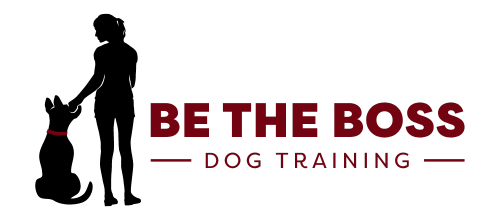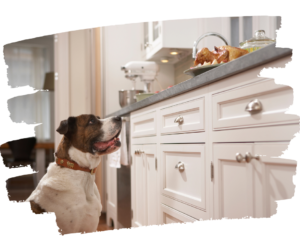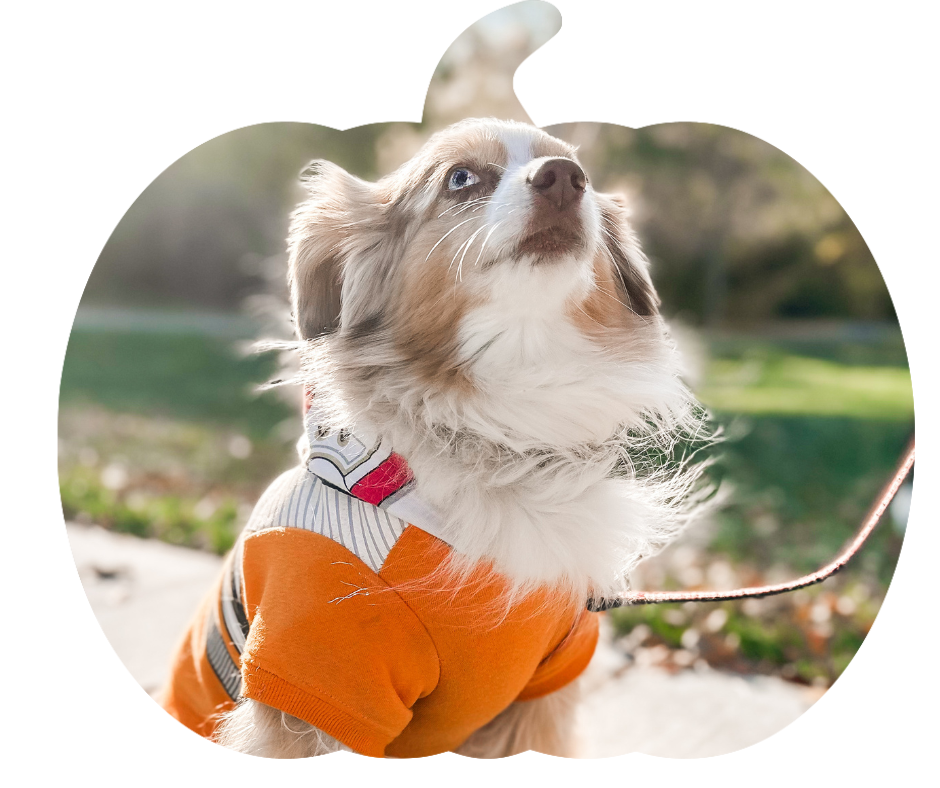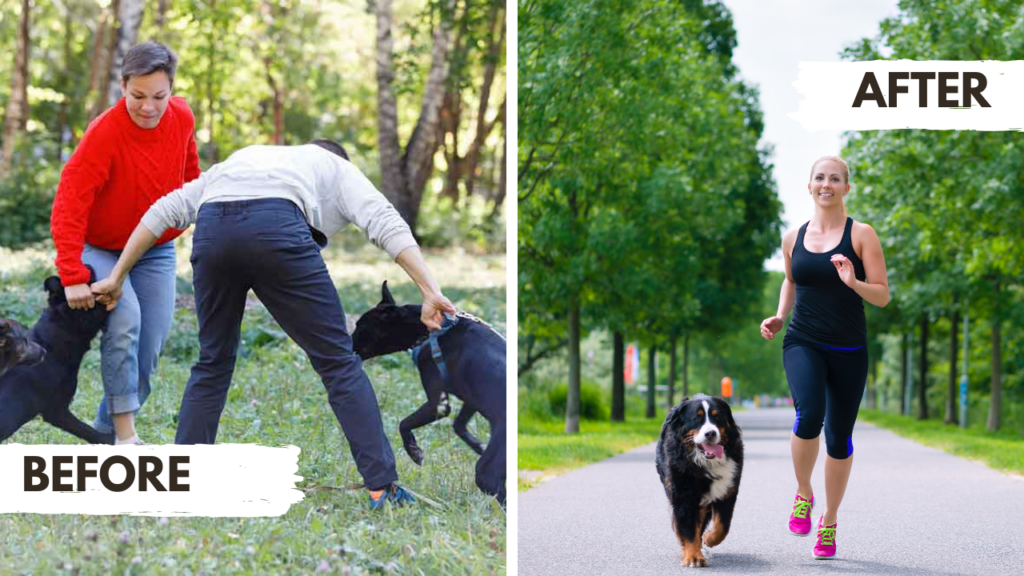Hey there, Utah County dog lovers! Picture this: you’re browsing through your favorite clothing store, and your eyes land on that perfect, shiny, new piece of jewelry or accessory. It’s calling out to you, sparkling under the store lights. But then, the reality hits – it’s either too expensive, or it’s not really your style. Or maybe you’re thinking about those New Year’s resolutions to save money. Regardless of the reason, you tell yourself to “leave it” and walk away.
That small moment of self-discipline makes a world of difference. Guess what? Our furry friends often find themselves in similar dilemmas. The world is full of intriguing scents, tantalizing foods, and oh-so-tempting objects they’d love to nab.
The only difference? They don’t always have that voice in their heads telling them to back off. That’s where we come in, and that’s where the “leave it” command becomes a game-changer. In our daily lives, self-control isn’t just about resisting a splurge at the mall. It keeps us safe, ensures we make good decisions, and maintains harmony in our relationships.
Similarly, teaching your dog the “leave it” command isn’t just about stopping them from grabbing a dropped piece of food. It’s about instilling discipline, ensuring their safety, and nurturing a trusting bond between the two of you.
How do You Train a Dog to Leave It?
Whether you’re a seasoned dog owner or a newbie, the “Leave It” command is a crucial skill to teach your furry companion. Not only does it help manage their curiosity but also keeps them safe from potentially harmful items. In this guide, we’ll walk you through two dominant training techniques: the Pure Positive Methodology and the Correction-Based Methodology. As we transition from one method to the next, you’ll discover the nuances and benefits of each approach.
1. Pure Positive Methodology: Encouraging the Behavior We Love
Firstly, let’s dive into a method that focuses on rewarding the behavior we want to see.
Step 1: Prep your rewards.
Begin with some enticing treats that your dog can’t resist. The goal is to make the reward more appealing than the item you want them to ignore.
Step 2: Present and deny.
Hold the treat in your closed hand and let your dog sniff it. As they do, calmly state the command “Leave It.” Keep your hand closed, denying them access.
Step 3: Reward the restraint.
The moment your dog stops trying and perhaps even looks away, it’s their cue for a reward! Open your other hand and offer them a treat, ensuring they understand that obedience leads to a reward.
Following that, as they become proficient, up the ante by placing the treat on the floor but under your watchful control.
2. Correction-Based Methodology: Guiding with Gentle Reminders
Transitioning to our second approach, this method offers more direct feedback to your dog about unwanted behaviors.
Step 1: Equip yourself.
For this technique, a leash will be your best ally. Attach it to your dog, ensuring you can gently guide or correct them if needed.
Step 2: Temptation setup.
Lay a treat or toy within their sight but out of immediate reach. The goal here is to set up a scenario where their impulse will be to grab the item.
Step 3: Command and correct.
If your dog moves towards the object, firmly yet gently say “Leave It” and give a slight tug on the leash. This isn’t about punishment but rather redirecting their focus.
Step 4: Praise the good.
Once they halt or divert their attention from the object, shower them with affection and praise. If you’re using treats as rewards, ensure it’s a different one from the tempting item.
Is “Drop It” the Same as “Leave It”?
In the wide landscape of dog commands, “Leave It” and “Drop It” might seem deceptively similar. But, just as in human communication where context is key, these commands cater to different scenarios in the dog world.
“Leave It” operates as a preventive measure. When you use this command, you’re essentially telling your dog not to touch or engage with something. Imagine it like seeing someone eyeing a tempting but off-limits item in a store and advising, “Don’t pick that up.”
Contrastingly, “Drop It” is all about immediate action and is reactionary in nature. If your dog already has an object in their mouth, whether it be a shoe, toy, or random find from the park, “Drop It” instructs them to release it promptly. Using our store analogy, it’s similar to telling someone who has already taken an item, “Put that back now.”
In sum, the two commands might share an overarching theme of setting boundaries, but their applications are distinct. “Leave It” is your go-to for prevention, stopping a behavior before it unfolds, while “Drop It” comes into play when you need to correct an ongoing action. Grasping this nuanced difference is essential for effective communication and training, ensuring that both you and your four-legged friend are on the same page.
Conclusions
In the captivating journey of dog training, Utah County dog enthusiasts have learned that commands are not merely about obedience but reflect real-world scenarios we humans grapple with, like resisting a sparkling accessory at our favorite store. Just as we exercise restraint, our four-legged companions too need guidance on when to approach or avoid temptations.
Enter the “Leave It” and “Drop It” commands. While “Leave It” acts as a preemptive measure to deter dogs from an enticing object, akin to us steering clear from an impractical splurge, “Drop It” is a responsive command for when they’ve already snatched something up—much like a gentle nudge to return that impulsive pick.
Distinguishing between these commands is imperative for harmonious human-canine communication. This guide has illuminated not only the distinction between these commands but also introduced two predominant training techniques, ensuring our furry friends are well-guided, safe, and disciplined.





